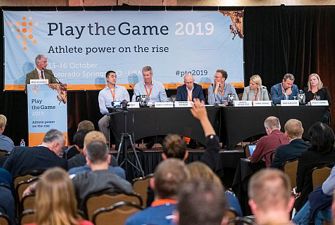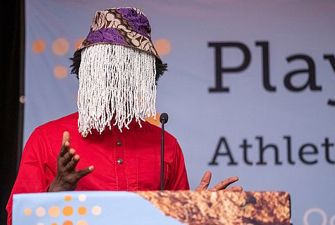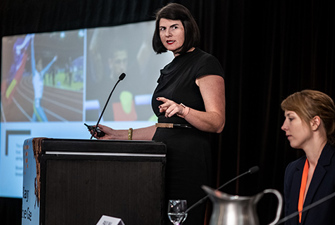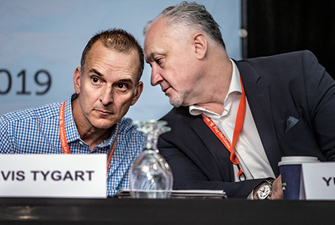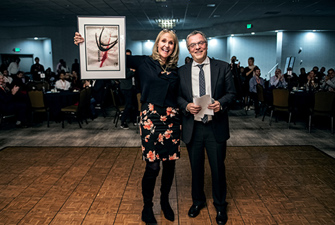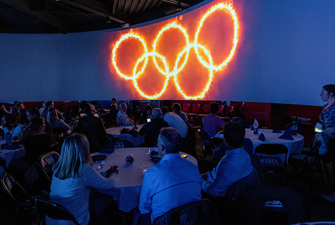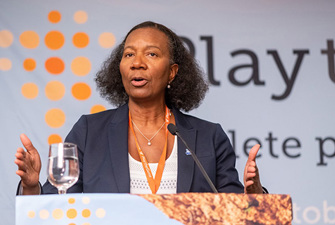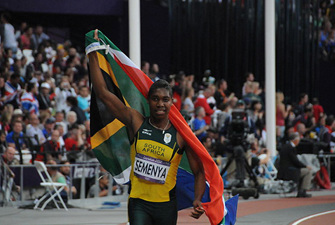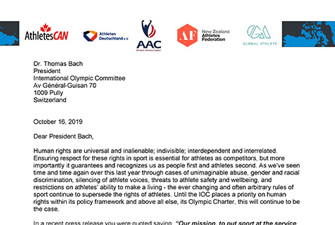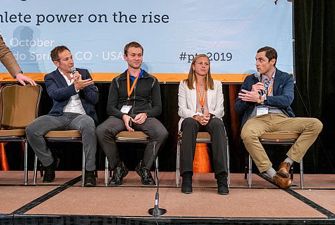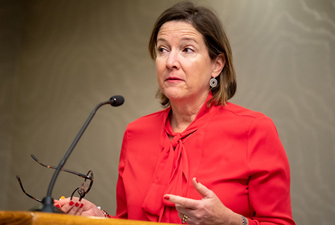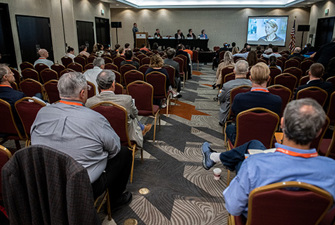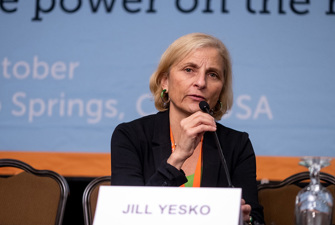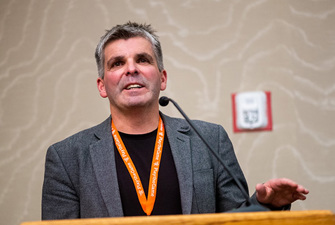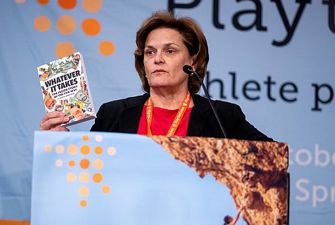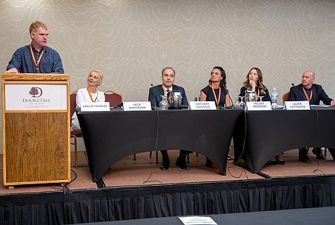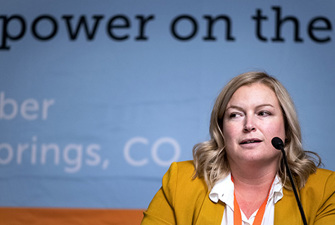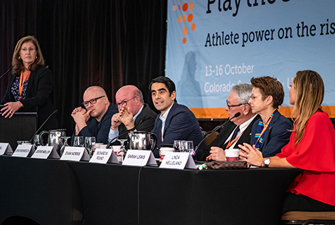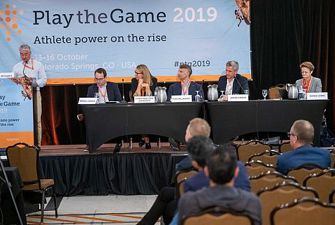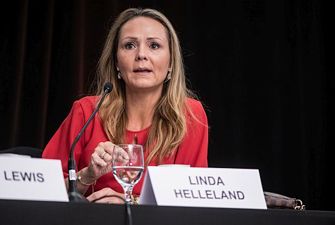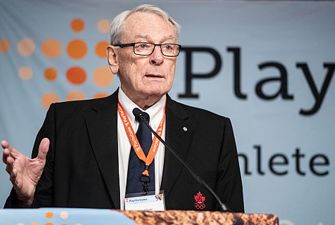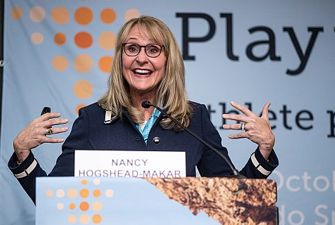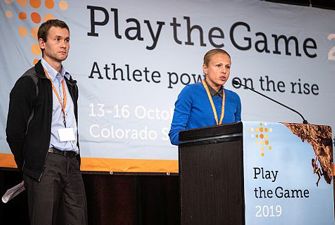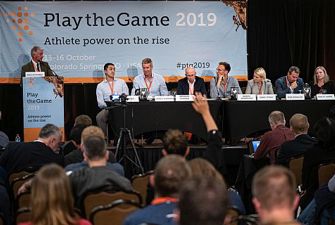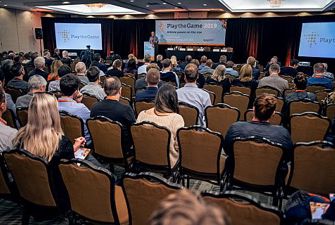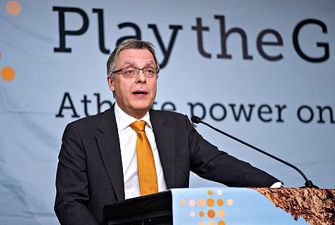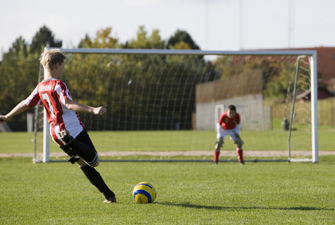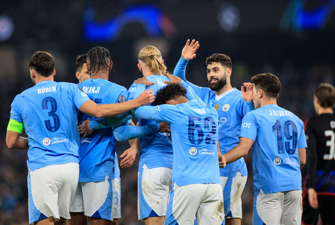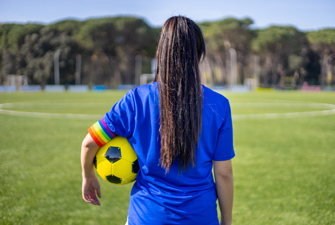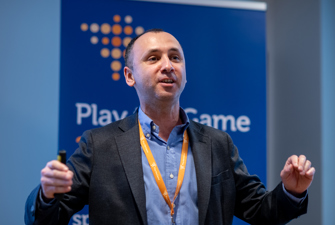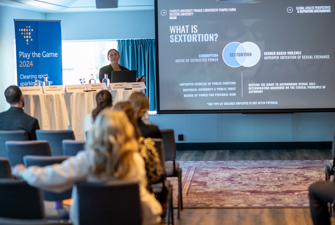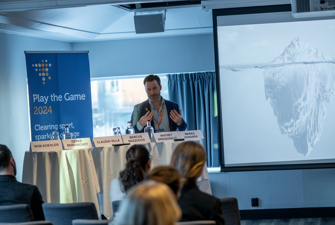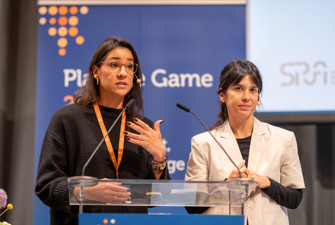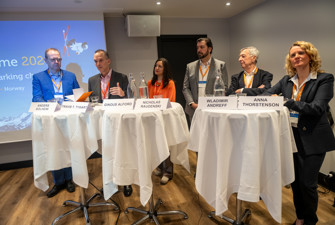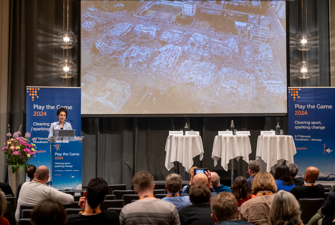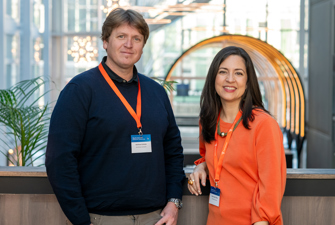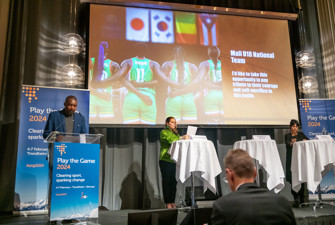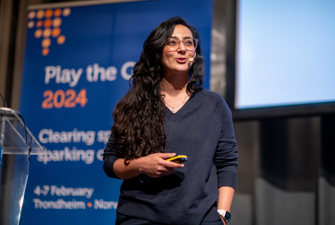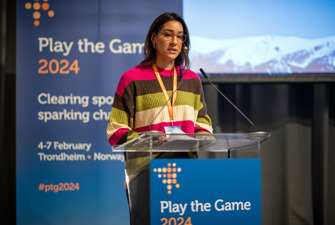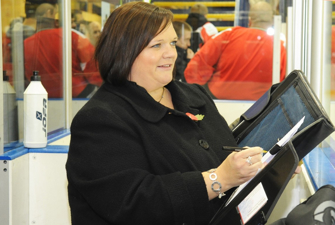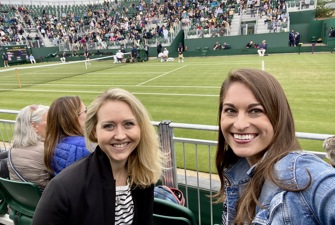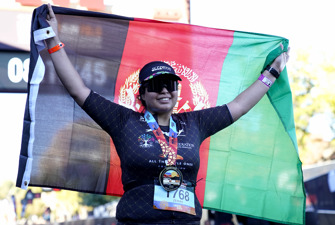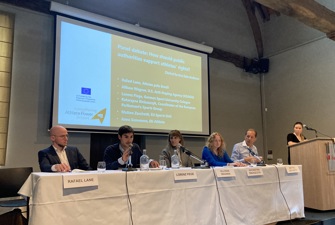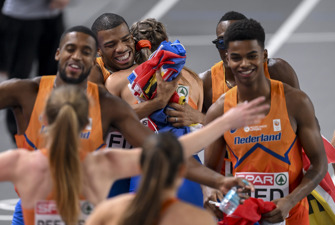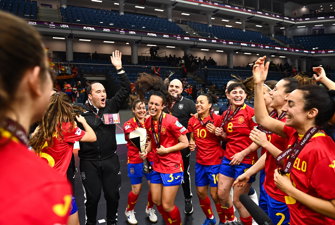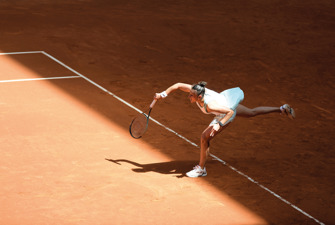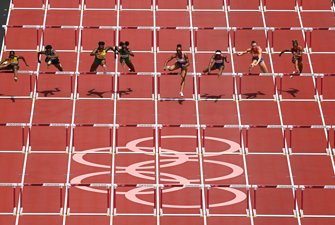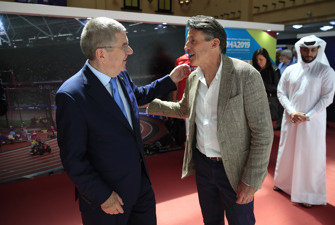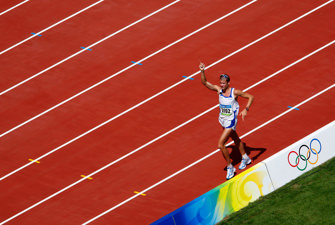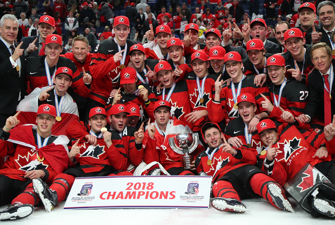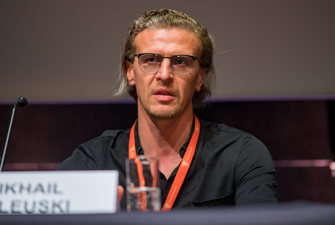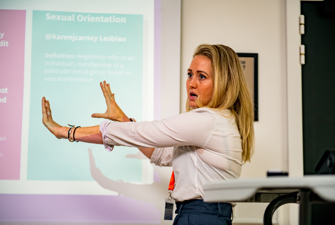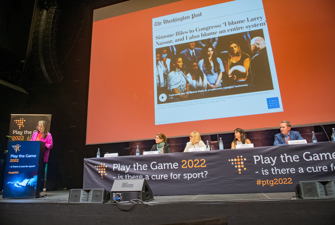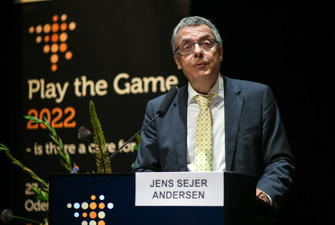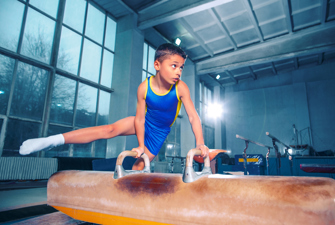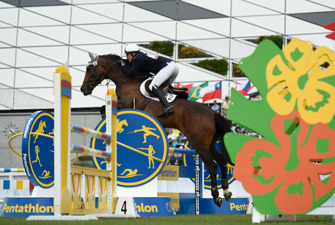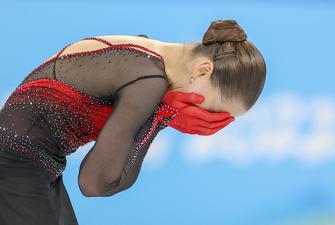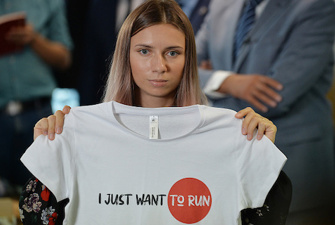The struggle for safe sport in Canada: one step forward, two steps back
On the final day of Play the Game 2019, participants heard about the Canadian struggle for safe sport and how attempts to establish an independent Pan-Canadian body to oversee safe sport in the country – built on elements and principles known from the establishment of the national anti-doping agency – have stalled due to political hesitation and push back from national sports organisations. Yet the Canadian experience may still serve as an inspiration for other countries.
Harassment and abuse has no place in sport, and it is indisputable that sport and public authorities must take strong measures to protect and safeguard athletes in sport. Yet, how this is best done is currently being explored around the world. The Canadian experience serves as a relevant case study in this respect showing an example of political focus and commitment to explore various potential measures but where initiatives have been met with strong push back from some of the major sport organisations who have opposed the establishment of an independent body to oversee the protection of athletes in Canada and insist on sport specific exclusions from what was supposed to be a universal Code of Covering all Canadian sport.
It is a case story about issues that are familiar to observers of the current international discourse around anti-doping. “The Canadian case study on safe sport is about independence, arm’s length and removal of conflicts of interests and in many ways resonates with the issues currently being debated in relation to anti-doping”, Professor at the University of Toronto, Peter Donnelly, said in his introduction to the session. “The scenario is a struggle between forces that prefer the status quo or actually benefit from the status quo and those who do not benefit from it and who would prefer it to change”.
Background
In 1994-1996 the Canadian Association for the Advancement of Women and Sport and Physical Activity (CAAWS) worked with national sport organisations receiving public funding and Sport Canada to establish a policy to prevent harassment and abuse in sport. Athletes had begun to raise their voice about their experiences and the growing media attention to the issue. This initiated the work for a policy which was world leading at the time and which required all sport organisations to have their own policy to prevent abuse in their organisation. This resulted in 48 different policies being developed. As part of the policy, public funding for national sport organisations (NSOs) was linked to their implementation of a harassment policy and dedication of an independent harassment officer to receive and handle complaints against the NSO.
In 1997 after the policy was established, the Graham James abuse case involving young boys in ice hockey appeared and garnered major media attention in Canada because it was related to a major professional sport. From 2000-2014 policies were in place in Canadian sport, but there was little evidence that they were working with only occasional information about suspensions coming out after hearings. There was no transparency about the process and no sharing of information about suspended persons between NSOs. And this despite frequent stories in the media about criminal charges against coaches for harassment or abuse.
During 2013-2015 a study was conducted to evaluate the policy which showed that Sport Canada had never withheld funding to an NSO for failing to have a harassment policy or an arm’s length harassment officer, although six out of 42 did not have a policy that could be found and none had an independent harassment officer with arm’s length. In all cases this role was given to a staff member of the NSO. Definition of sexual abuse and harassment varied between NSOsand other forms of abuse were rarely mentioned (neglect, physical and psychological abuse etc.). Only few policies identified sexual relations between a coach and an athlete as being problematic and the existing policies were very mixed in terms of the role and responsibility of the harassment officers.
Initiatives for a comprehensive Pan Canadian approach
Paul Melia, CEO of Canadian Center for Ethics in Sport (CCES), explained how the work of the CCES in the area of anti-doping covers areas similar to the work to safeguard athletes simply because doping also relates to athletes’ health and safety and maltreatment of athletes and life stories of broken promises, betrayal of trust, fear of reprisal and intimidation.
“Anti-doping and athlete safety also have in common a catastrophic conflict of interest when sport organisations try to administer their programmes to address doping or the safety of athletes from maltreatment,” said Paul Melia.
Important for the Canadian context was the political will brought to the issue when the Canadian Minister of Sport decided to make the safety of athletes an issue, she wanted to build her legacy as Sport Minister on. In June 2018, she emphasised that NSO funding going forward would be tied to their ability to provide safe environments for their athletes. Although this provision was actually already in place in the existing policy, her statement created an uncertainty among NSOs about how to best fulfil this obligation and the NSOs were left in a bit of a vacuum.
Consequently, the CCES, who had already been working with AthletesCAN and academics in this area, began to design a comprehensive approach to safe sport and during this process, there was a lot to be learned from the Canadian anti-doping programme.
In May 2019, a national summit was held with 200 sport stakeholders from all levels of sport in the country to look at the core components of a Pan-Canadian safe sport programme. The CCES suggested that with some adaptation, the same core elements of the Canadian anti-doping programme were used to build the comprehensive safe sport programme. At the summit, over 90% of the 200 participants supported the elements and the principles for the approach. The athletes’ voices were prominent at the summit and they supported the suggestion with 100% unanimity. The core elements included jurisdiction, sanctions, education etc. and it was among the key guiding principles that an independent organisation would be responsible for the implementation, but it was also stressed that the programme would need to be mandatory and centralised as well as harmonised and expert-led.
The CCES had initially drafted a comprehensive programme but was asked by Sport Canada to revise it into a rather limited Code of Conduct including only a common definition of prohibited conduct and proposed sanctions for non-compliance. A draft of this Code has now been consulted with NSOs and the latest version has also been brought forward for external experts in the area of sexual abuse and child harassment. Feedback is being assimilated and the final proposal will be brought forward to Sport Canada for consideration and consultation with provincial ministers of sport to try to get their support.
“The scope of abuse in the new proposed Code goes beyond sexual abuse to also include physical and psychological abuse and I think that is a major step forward,” said Paul Melia and continued “but the problem right now is that the sports organisations are going back asking for all kinds of exclusions around physical and emotional abuse. I have been telling them that abuse is abuse, but they believe that in the culture of sport certain things should be tolerated”.
Unfolding a Pan-Canadian programme is supposedly challenged by jurisdictional issues between the federal, provincial and municipal governments. “The major issue is independence vs self-regulation. Major sports do not wish to let go of this issue. They want to self-regulate and take control of prohibited conduct and sanctions and administer this themselves. If this happens after all we have done so far, this would be a huge tragedy for our efforts,” Melia said.
Erin Wilson, Olympic synchro swimmer and PhD student at University of Toronto, described how she over the past 1-1½ years in cooperation with AthletesCAN has explored how research can be used to propose changes in the issue of athlete safety in Canada. Understanding of the current situation was crucial in order to propose changes so cooperation with AthletesCAN was established to ask athletes about their experiences.
Ashley Labrie, Executive Director of AthletesCAN, explained how experiences of maltreatment in her view has become an epidemic in Canadian sport and rampant in all sports. For this reason, safe sport is the main priority for AthletesCAN and they engage in various working groups and partnerships to enhance the efforts.
Survey among national team athletes
A survey has been conducted among Canadian athletes by a team of researchers at the University of Toronto, who partnered with AthletesCAN to get an understanding of the current situation and to understand maltreatment in a broader sense than sexual harm. It was also the intention to examine who the typical perpetrators of harm were, health outcomes after the experiences of harm, and to which extent athletes reported their experiences including the reasons for doing or not doing so. Out of the 1,000 athletes responding to the survey, 75% reported to have experienced at least one form of harm on their national team, where various forms of psychological harm were the most commonly reported followed by neglect, sexual harm and physical harm.
Coaches were most frequently reported as the perpetrators, but closely followed by peers. Every type of abuse had significant consequences ranging from having thoughts about or engagement in disordered eating or self-harming behaviours to suicidal thoughts. 19% of the responding athletes engaged in disordered eating behaviours, 16 % engaged in self-harming behaviour and 16% had suicidal thoughts.
The main things that athletes commented on were the normalisation of an abusive culture and the wilful blindness that comes with being successful and the overwhelming feeling of being silenced and the feeling of not having a safe place to report to or discuss instances of harm because of the potential implications.
The conclusions from the survey included a strong recommendation for the establishment of an independent third party to take complaints and conduct investigations. Increased education for both coaches and athletes was also recommended to inform about what behaviour is considered harmful. Sexual relationships between athletes and coaches should be prohibited because of the unhealthy power imbalance, and finally it was stressed that accountability needed to be strict for the policy to gain trust from athletes.
Perhaps most significantly, there was also a strong request from athletes to take a long hard look at the culture of sport in Canada, which is seen as a broken culture primarily due to the funding structure, which promotes a ‘winning-at-all-cost-mentality’ and where focus is on the development of medalling athletes at the expense of the physical and mental wellbeing of athletes.
In short, a more holistic approach to athlete development was recommended as opposed to the current performance-based approach.
Initiatives by AthletesCAN
Over the past 18 months, AthletesCAN have spoken out about these results and have used all opportunities to reaffirm the importance of the policy and the athlete voice in the process. Subsequently, they have engaged in all working groups addressing safe sport. After the survey was completed, AthletesCAN gathered over 50 athletes with a total of over 400 years of national team experience at a summit to educate athletes about the safe sport issues and discuss the results of the survey.
The consensus statement coming out of the summit validated the recommendations from the study. The recommendations were brought to the national summit for NSOs and provincial and territorial sports organisations where it received a great deal of support from sport administrators around the establishment of an independent third-party organisation to address safe sport.
Yet, after that event discussions again centred around the barriers of provincial and territorial jurisdiction, potential costs of an independent body and the time it would take to establish it. Focus shifted back to working within the existing mechanisms to let provincial and territorial governments grasp the concept of safe sport and discussions about a new independent body were stopped.
It was frustrating for AthletesCAN to learn that an independent body was not going to be established, yet they partnered with CCES to develop the universal Code of Conduct.
Moving forward, AthletesCAN will continue to focus on the safe sport agenda and will continue to push forward on the establishment of an independent body after the general election in Canada is over. Grassroots, advocacy and lobbying will be used to make sure it is included on the new minister’s mandate letter, and AthletesCAN hope for actual discussions to happen within the next year. AthletesCAN has said they will not back the developed Code of Conduct if it includes sport-specific exclusions. The athletes are firm in this standpoint and will not back down from it.
As a former insider and outsider to the process to enhance the safe sport agenda in Canada, co-chair of two government advisory bodies, and member of the minister’s special advisory committee, Bruce Kidd, University of Toronto, summarised the Canadian struggle as a classic example of recurring policy cycles in the issue of safe sport.
“As always when there is a crisis and public concern there is government consultation followed by a policy response with sport sector resistance and a failure of federal and provincial governments to insist on monitoring and compliance,” said Bruce Kidd. “Getting the policy right is not enough. If you don’t get the implementation, monitoring and compliance right, a policy is simply going to make a government look good, but nothing will be changed”.
Still, Kidd acknowledged that most sports bodies have accepted responsibility for doing a much better job in securing a safe sport environment. And Sport Canada has agreed to monitor compliance, establish a hotline and an independent service available to assist NSOs with investigations, and has initiated the implementation of a new code of conduct.
But according to Kidd, the overall conclusion is that the current position is a return to where Canada was in 1996. The most problematic issue is that NSOs are still allowed to define misconduct insisting upon sport by sport exemptions to allow for long established coaching behaviour to persist. Athletes and researchers have been ignored and there has been no attempt to change the culture through education.
Kidd points to the huge opportunity that still exist due to a wide and deep public support for an independent mechanism to address maltreatment which has also been the recommendations from all sources of government advice. There is an experience to build on of establishing a Pan-Canadian body to do important things that sport cannot or will not do, particularly with respect to doping and dispute resolutions. Yet the federal minister has been persuaded to just breathe new air into the old system because she received powerful pushback from the NSOs and mostly male coaches in the system. At the same time, government has become very cautious because of the upcoming election, fearful of jurisdictional complexity and afraid of controversy.
The government set out a very fine ambition to improve sport across Canada and yet the real money only goes into high performance sport. “We live in a funding culture where the pursuit of podium surpasses all other goals despite the rhetoric of an athletes-centred system. Athletes must gain more control over their sports,” argued Kidd.
According to Kidd, effective change will only happen if athletes and activists bring sport into public discourse and succeed to make it part of the public debate in the national election debate etc. It is necessary to form better links to other social activist campaigns for mutual benefits and Canadians need to use international examples available to strengthen the Canadian situation.
Finally, it is necessary to continue to problematize a high-performance culture. One of the great opportunities of safe sport is that it will push and bring about a more human, athlete-centred culture for sport, which all stakeholders should be indebted to.
In more than 40 sessions, over 170 speakers presented their thoughts and oponions on a wide range of the most topical questions in world sport during the 11th Play the Game conference, taking place in Colorado Springs, USA, 13-16 October 2019.

